| Columns Retired Columns & Blogs |
The new Kind of Blue gives me hope that those other Classics records pressings may see light of day.
They even did some Led Zep pressings...that would be kind of fun!
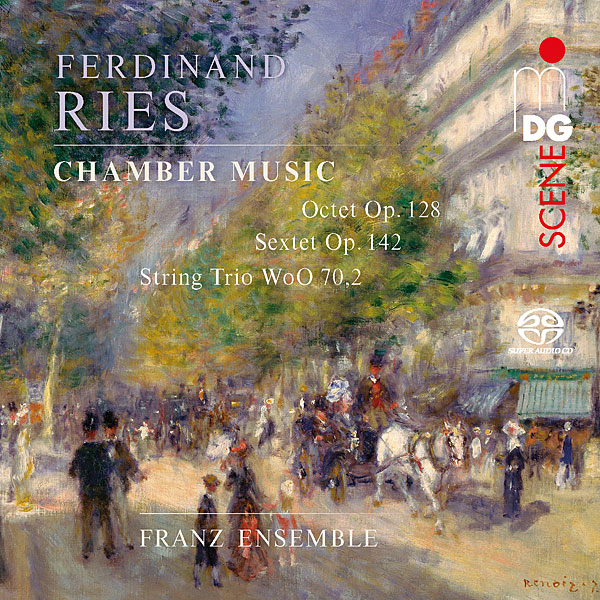
Ferdinand Ries: Chamber Music: Octet Op.128, Sextet Op.142, String Trio Woo 70.2
Franz Ensemble with Jonathan Wegloop, horn; Emily Hoile, harp
MDG Scene MDG 903 2136-6 (SACD). 2019. Werner Dabringhaus, Reimund Grimm, prods.; Werner Dabringhaus, Tonmeister.
Ferdinand Ries was Beethoven's student and the pianist at the premiere of his Third piano concerto (although they later parted ways). Ries's music is skillful, and it clearly shows Beethoven's influence, even if it falls short of his genius. He does however offer a stylish charm, cheerfulness, and gentle affability—all rare elements in his master's works.
From the opening bars of the Sextet, enticing melody and counterpoint sweep us along through three movements of sheer happiness. The concluding Octet is equally enjoyable; the intervening String Trio is a sorbet between the flavorful dishes. MDG's sound, even in stereo, is balanced and well defined in the foreground with full bass and generous ambiance. Nothing impedes the infectious spirits of these delights.
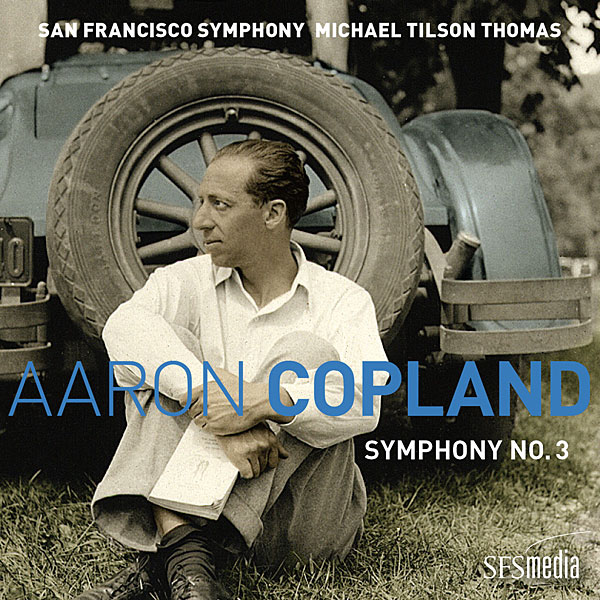
Copland: Symphony No.3
Michael Tilson Thomas, San Francisco Symphony
SFS Media SFS 0078 (Digital-only release: 16/44.1; 24/96; and 24/192 stereo, auditioned from stereo/multichannel 24/192 downloads). 2020. Jack Vad, prod.; Greg Moore, Jason O'Connell, Gus Pollek, eng. support; Mark Wilsher, postproduction.
I grew up with Copland's Fanfare for the Common Man. By the time I finally heard the composer's Third Symphony (Copland's preferred locution), which quotes the Fanfare's main theme, I naively assumed that the symphony was the Fanfare's source. The impact of Dorati's Mercury Living Presence recording (Minneapolis SO, MG 50018) warped my perspective for decades: I viewed each recording, even those of Leonard Bernstein or Copland, as a mere setup for the Fanfare's brief appearance. I never appreciated the experience of the full symphony until I heard this performance.
MTT and the SFS are so committed and convincing that I replayed each movement before I went back and listened to the entire symphony all the way through. Here, finally, everything works as a piece. The playing is superb, and the demonstration-quality recording reveals a spacious soundstage with remarkable definition in the low percussion.
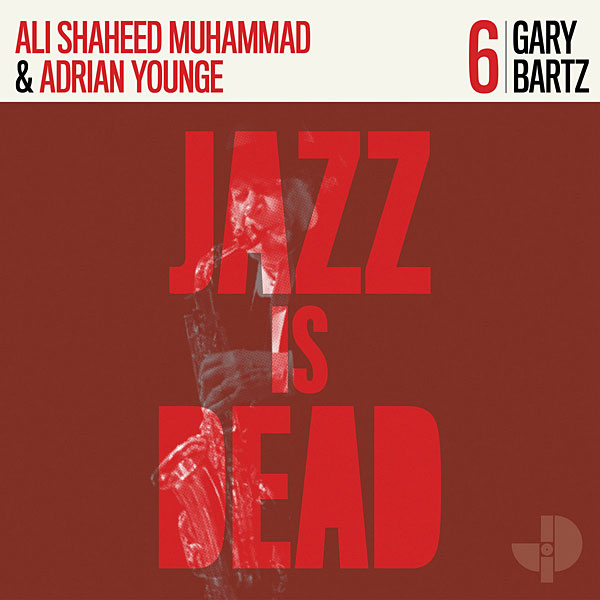
Gary Bartz, Ali Shaheed Muhammad, Adrian Younge: Jazz Is Dead 6
Gary Bartz, alto saxophone; Adrian Younge and Ali Shaheed Muhammad, grand and Fender Rhodes pianos, Hammond organ, electric bass, synthesizers, vibraphone, electric guitar, flutes; Greg Paul, drums; Elgin Clark, Anitra Castleberry, Loren Oden, Saudia Yasmein, vocalists
JID 006 (CD). 2021. Adrian Younge & Ali Shaheed Muhammad, Andrew Lojero, Adam Block, prod.; Dave Cooley, mastering.
Gary Bartz may not be as iconic a name as Art Blakey, Max Roach, McCoy Tyner, or Miles Davis, but he did play with all those guys, and he's still making vital new music. Alto saxophonist Bartz has a unique musical voice that's at its core soulful and lyrical. This short album—a half-hour long but all prime cut—is a collaboration between Bartz and producers/musicians Adrian Younge and Ali Shaheed Muhammad from A Tribe Called Quest; they invited Bartz to join their "numbered" Jazz Is Dead project. It's a jazz/blues/funk affair incorporating studio/DJ effects that lift Bartz's lengthy creative explorations. Along with sax, instruments include piano, organ, vibraphone, flutes, electric guitar, drums, vocals, more—all captured, per the project's policy, using only vintage recording equipment that jazz giants (such as Bartz) used in the '60s and '70s. The music feels respectful of the past and refreshingly contemporary—free and flowingly linear, inventively and colorfully layered. It's a source of timeless positive energy.
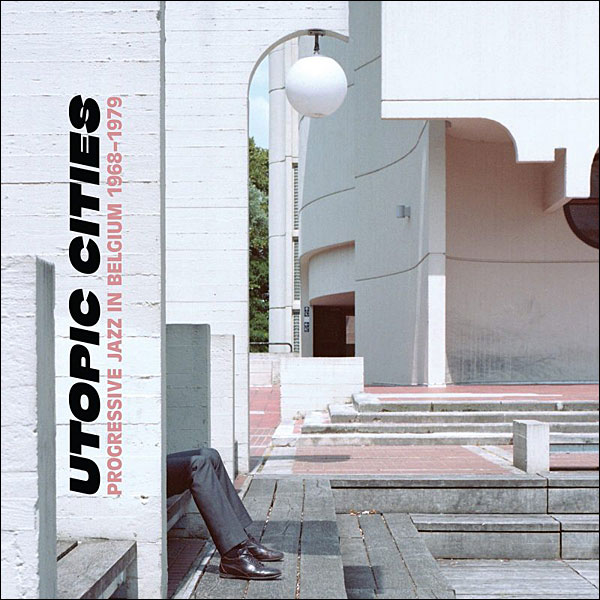
Various Artists: Utopic Cities: Progressive Jazz in Belgium 1968–1979
Sdban SDBANCD15 (2 CDs). 2021. Stefaan "Sdban" Vandenberghe, prod.
Who knew Belgium was a hotbed for jazz from 1968 to 1979? I didn't, and I lived in Brussels for two years when I was young. This two-CD compilation of very well-recorded music shows there was a vibrant Belgian jazz scene. It was rooted in American jazz, of course, but it added its own eclectic vision to the pot, sounding at times proggish, US-cop-show–the-matic, Star Trek–y, epic, but mostly melodic while still creatively adventurous. Free jazz makes nary an appearance here, but the compositions' elaborate structures provide a sense of jazz's potential as an art form—unlimited, as are the artists' imaginations. The bands are tight; the musicians skilled, committed, and obviously striving to leave a mark on this malleable, infinite thing called jazz. As this set attests, they've succeeded.
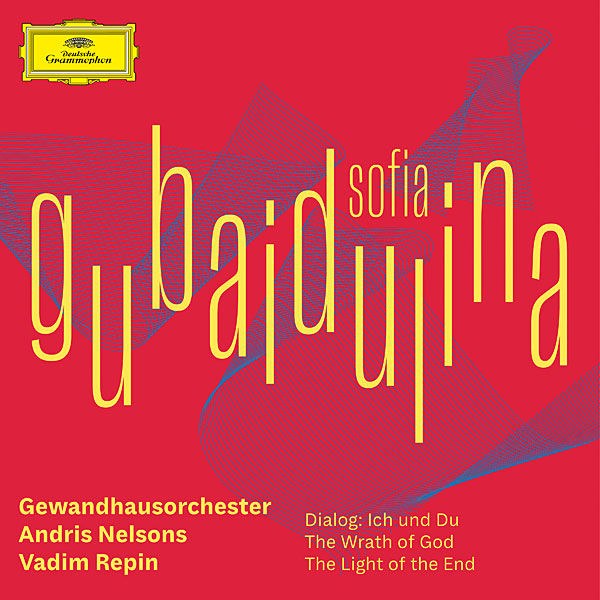
Sofia Gubaidulina: Dialog: Ich und Du, The Wrath of God, The Light of the End
Vadim Repin, violin; Gewandhausorchester Leipzig, Andris Nelsons, cond.
Deutsche Grammophon 486 1457 – 24/96 and 24/96 MQA. 2021. Everett Porter, Bernhard Güttler, prods.; Porter, Sebastian Nattkemper, Benedikt Schröder, engs.
At 90, Sofia Gubaidulina continues to hone the uncompromisingly direct musical language with which she shares her understanding of the stand-off between "God" and humankind. In this live, world-premiere recording of her third violin concerto and two other recent orchestral works, she variously appeals to us to follow God's commandments and overcome hatred through the conciliatory power of love, or cries out for salvation, and expresses God's anger at our behavior. It's not happy fare, but it's moving and cathartic in the extreme. Even when Gubaidulina's music sounds as if the entire world is caving in, it's impossible not to give thanks for her unflinching voice's beauty and the engineers and artists who made this sensational recording possible. To experience the sounds of genius in the service of humanity, look no further.
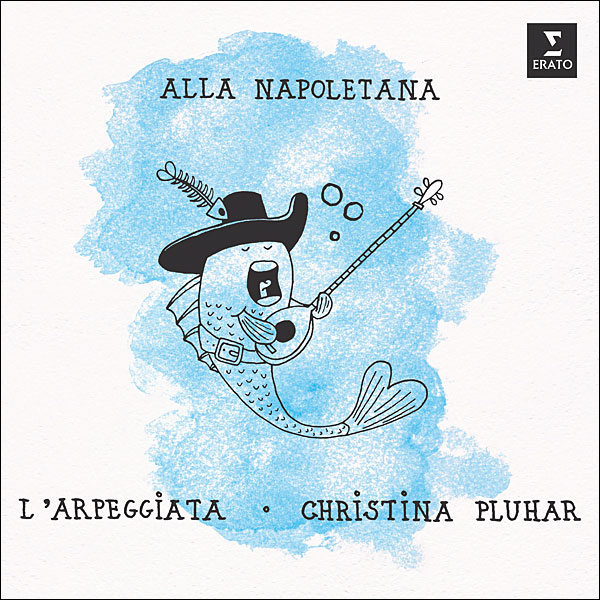
L'Arpeggiata: Alla Napoletana
Tarantellas, Folias, Cantatas, Arias and canzone napoletane from 17th and 18th century Naples
L'Arpeggiata, Christina Pluhar, theorbo, arr.
Erato 9029660361 – 24/96 and 24/96 MQA. 2021. Pluhar, prod.; Mireille Faure, eng.
The listing of musical forms above gives little indication of the abundant delights in this quirky recording from the inimitable Christina Pluhar and her ensemble. Upon listening, we're tipped off immediately: The first wild tarantella begins with the sounds of a jaw harp (or something of that nature) before introducing the strange Neapolitan accent of the even more strangely voiced male alto, Vincenzo Capezzuto.
The recording's centerpiece—and its fanciful cover's raison d'être—is "Lo Guarracino" (the Damselfish), an 18th-century tarantella in which tenor Alessandro Giangrande sings a mile-a-minute. In relative "patter song" fashion, he mixes woman, tuna, sardine, and more into an onomatopoeia-like stew. It's absurd, of course, as are some of the other 19 selections. Every voice is to savor, and every instrumental combination and improvisation fresh. Imagine, if you will, Jordi Savall and one of his ensembles performing on laughing gas.
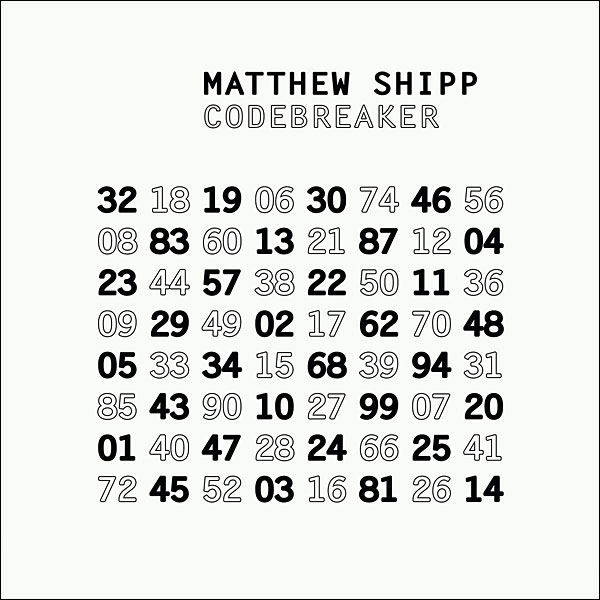
Matthew Shipp: Codebreaker
Matthew Shipp, piano
TAO Forms TAO 07 (CD). 2021. Matthew Shipp, Whit Dickey, prod.; Jim Clouse, eng.
Since the 1980s, pianist Matthew Shipp's deep catalog of recordings has made him a savant in the language of new music from downtown Manhattan. Though Shipp's influences included such icons as Cecil Taylor and Sun Ra, his playing reflected the wide range of cultural influences that Lower East Side life encompassed: poetry, dance, philosophy, and the plastic arts. His ideas can be challenging, fragmentary, and ethereal, often prompting listeners to describe his music in science fiction terms. His approach ranges from cascading solos to painterly note clusters alternating with smears and dabs of sound. The softer approach conjures dreamlike visions—impressionistic like Bill Evans. The dreams are coded messages from our subconscious mind, but this music unravels those codes. Shipp made this record during the early throes of the novel coronavirus epidemic, when coded dreams had COVID themes.
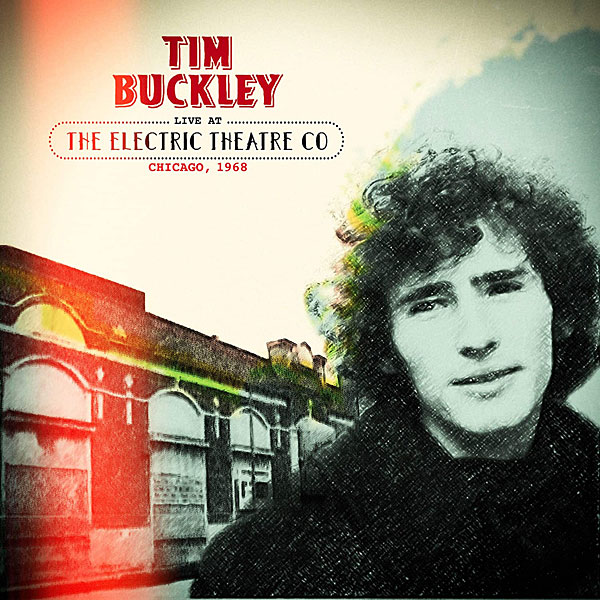
Tim Buckley: Tim Buckley Live at the Electric Theatre Company
Manifesto MFO 40714 (CD). 2019. Bill Inglot, Pat Thomas, Dan Perloff, prods.; Dan Hersch, Brian Kehew, engs.
This live set from Chicago in 1968 captures the ecstasy and pathos of Buckley's chameleon voice charting the emotional mood of each song in raw, stripped settings. As a soulmate to Fred Neil, Buckley offers a pretty great version of "Dolphins" here. He does an unusual reading of Johnny Cash's "Big River" and adds the grouping of "Green Rocky Road"/"Hush Little Baby," "Happy Time," and "The Father Song," which could be a tribute to his baby son Jeff, who followed in his footsteps.
Only months later, Buckley would take a different approach on Dream Letter, with David Friedman adding another dimension on vibes.
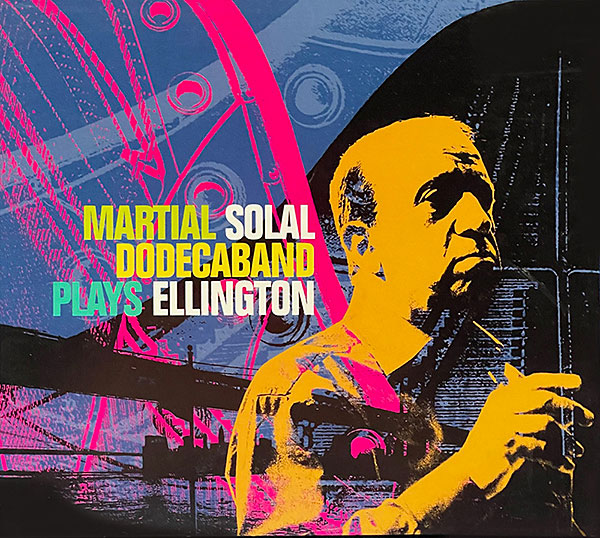
Martial Solal Dodecaband: Plays Ellington
Martial Solal, piano, arr.; Patrice Caratini, double bass; François Merville, Umberto Pagnini, drums; Jean-Louis Chautemps, Sylvain Beuf, sax; Jean-Pierre Solves, baritone sax, flute; Tony Russo, Roger Guérin, Eric Le Lann, trumpet; Denis Leloup, Jacques Bolognesi, trombone; Didier Havet, tuba
Dreyfus Jazz FDM 36613-2 (CD). 2000. Martial Solal, prod.
On this gem of a recording, Solal's arrangements sound like new compositions that barely needed to be credited to Ellington at all. The Algerian-born master pianist uses Duke riffs as jumping-off points—then he and his preternaturally tight 12-piece band joyfully run with it, turning the notes inside-out until, 15 or 20 seconds later, the tune is wholly unrecognizable as an overexploited jazz standard. The Dodecaband had already been together for dodeca years (12), yet there's freshness and imagination in every phrase, as well as an undercurrent of delicious, barely controlled whimsical anarchy, reminiscent of some of Frank Zappa's Edgar Varèse–inspired recordings.
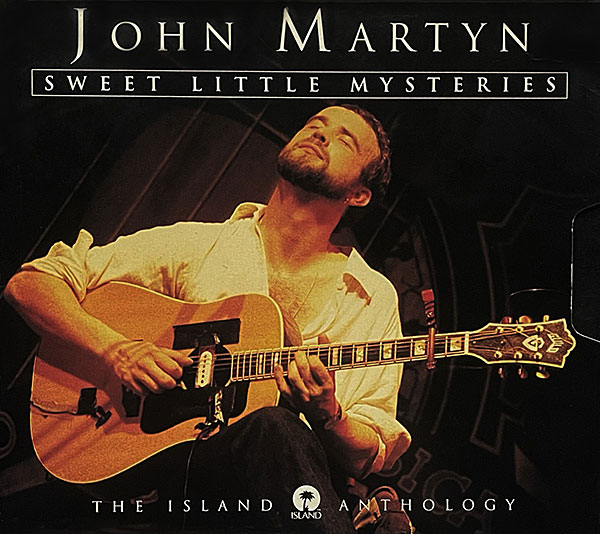
John Martyn: Sweet Little Mysteries: The Island Anthology
Island Records 314 522 245-2 (CD). 1994.
The British folkie's magnum opus is 1980's Grace and Danger, written and recorded during a divorce that made him practically catatonic with regret and self-recrimination. A 39-minute whimper of love and loss, the album was so utterly raw and vulnerable that Island Records initially declined to release it, deeming it too depressing. Most Grace and Danger songs are present on this 34-track anthology. It's a beautifully curated collection that also comprises more winsome Martyn tracks from seminal records like Bless the Weather and Sunday's Child. A top-notch remastering job brought new sonic life to the early-1970s material especially.
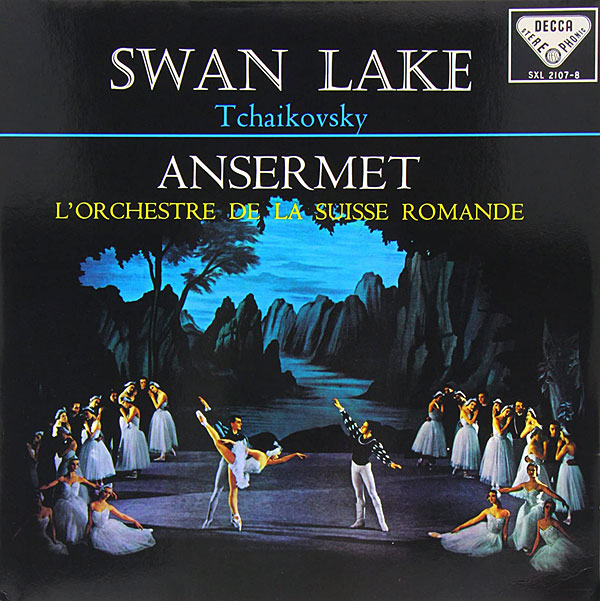
Tchaikovsky: Swan Lake (Abridged)
L'Orchestre de la Suisse Romande, Ansermet, cond.
Decca/Speakers Corner SXL 2107-8 (2 LPs). 1959/1998. James Walker, prod.; Roy Wallace, eng.
The Introduction's limpid oboe and warm, deep clarinet emerge clear and round against utter silence; the acoustic opens up as the music swells. You feel, as well as hear, the attack of bows on the strings, and the brasses have good impact and unexaggerated presence. It's as if your system's equipment simply vanishes. Ansermet's first-class performance is marvelously detailed and sensitive, with firm climaxes. The 1998 Speakers Corner vinyl remastering gets the most out of the original with resplendent engineering—though the original LPs, and even the CDs, show you what all the fuss was about in 1959.
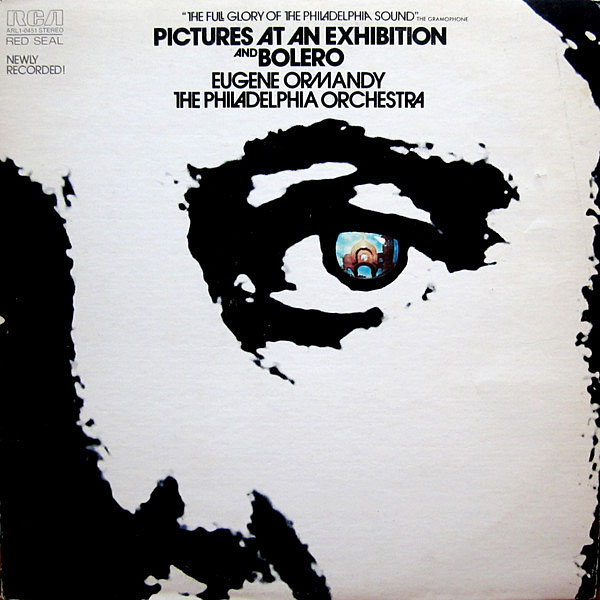
Mussorgsky-Ravel: Pictures At An Exhibition, Bolero
Philadelphia Orchestra, Eugene Ormandy, cond.
RCA ARL1-0451 (LP). 1974. Max Wilcox, prod.; Paul Goodman, eng.
This 1974 coupling of two of the Philadelphia Orchestra's signature showpieces is stunning. Ormandy's solidly paced Pictures is adeptly played, with imposing string unisons; elegant, even delicate solo woodwinds; and bold, incisive brasses. And, from the opening Promenade, where the brass chords cut across with a pillowy depth, to the closing perorations of Great Gate of Kiev, the sonics are outstanding: It's one for the ages. The Bolero isn't particularly Gallic, but Ravel's exercise in volume and timbre is realized superbly: The horn-and-two-piccolos statement, for one, nails the "pipe organ" effect better than any other release.

The new Kind of Blue gives me hope that those other Classics records pressings may see light of day.
They even did some Led Zep pressings...that would be kind of fun!

Also - "Records to be Inconvenienced for"... LOL, good one Mikey!

Wonderful to see them make this list. First time that I remember. There is a large catalogue with last year's Dragnet being the latest entry. A very good record and the current version of the band is a hot live act.

I am listening to Chancha Vía Circuito: Bienaventuranza now and I am so happy to have discovered this new road to travel.
This is my kind of music and I never knew it existed.
happy new year too
herb

Ghost Song - Cécile McLorin Salvant
Anything by Charles Bradley (RIP)